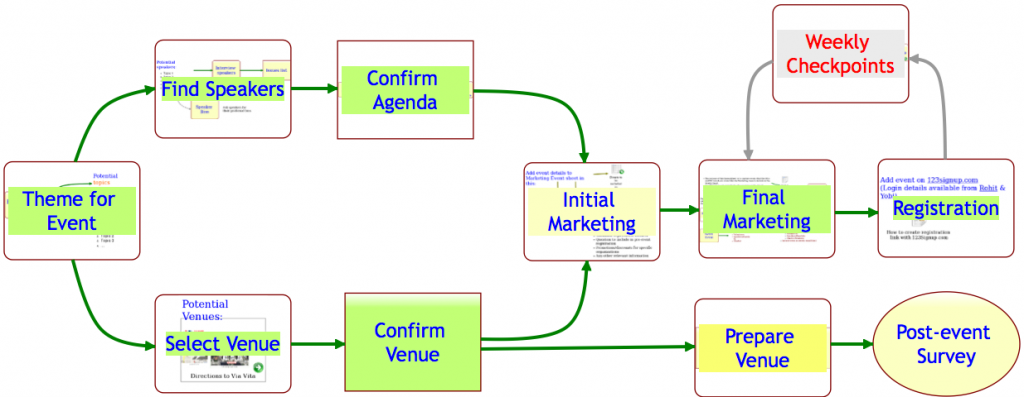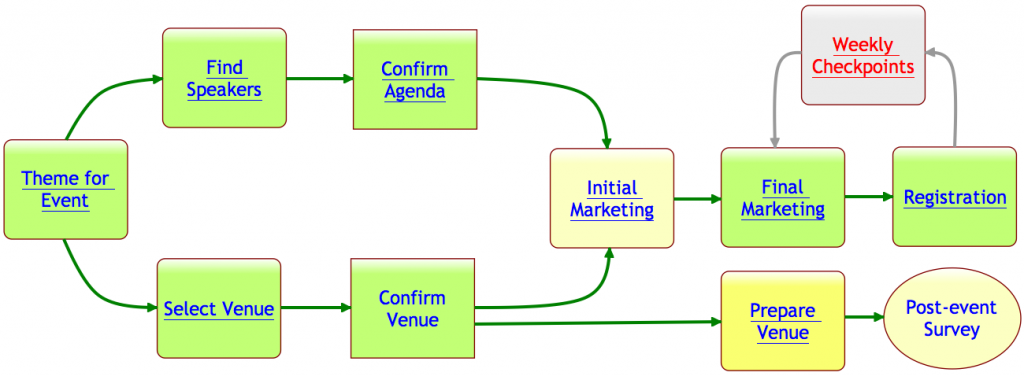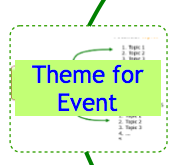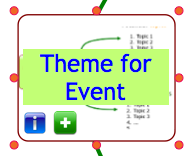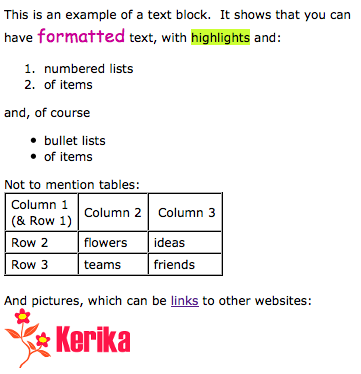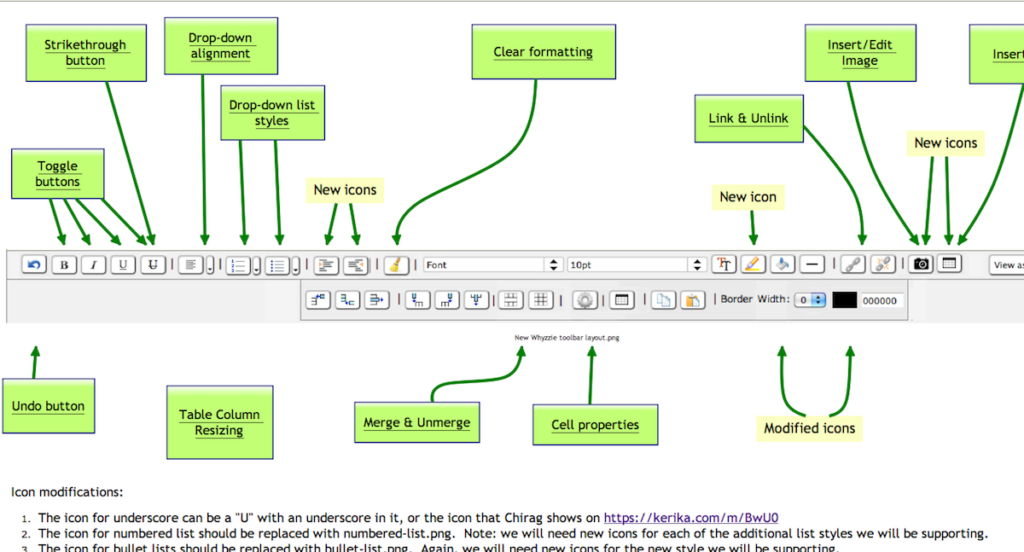This Thanksgiving holiday, we have good cause to be grateful to all the folks who gave us detailed feedback on our new task management software, and helped us identify about 25 different improvements that we plan to make over the next week covering areas such as:
- Eliminating any confusion that might exist regarding project privacy;
- Making it easier to edit card titles;
- Making it easier to chat on individual cards;
- Improving the emails that are sent when people are added or removed from projects;
- Improving the overall performance, by at least by 50%;
- Simplifying the experience for new users;
- Simplifying the use of canvases and whiteboards;
- Adding helpful hints throughout the product; and
- Eliminating references to “Kanban” which some people find confusing (without eliminating any functionality).
We will be updating Kerika next week, and will continue to release new versions every two weeks, and over the next month we plan to market and publicize the software more.

